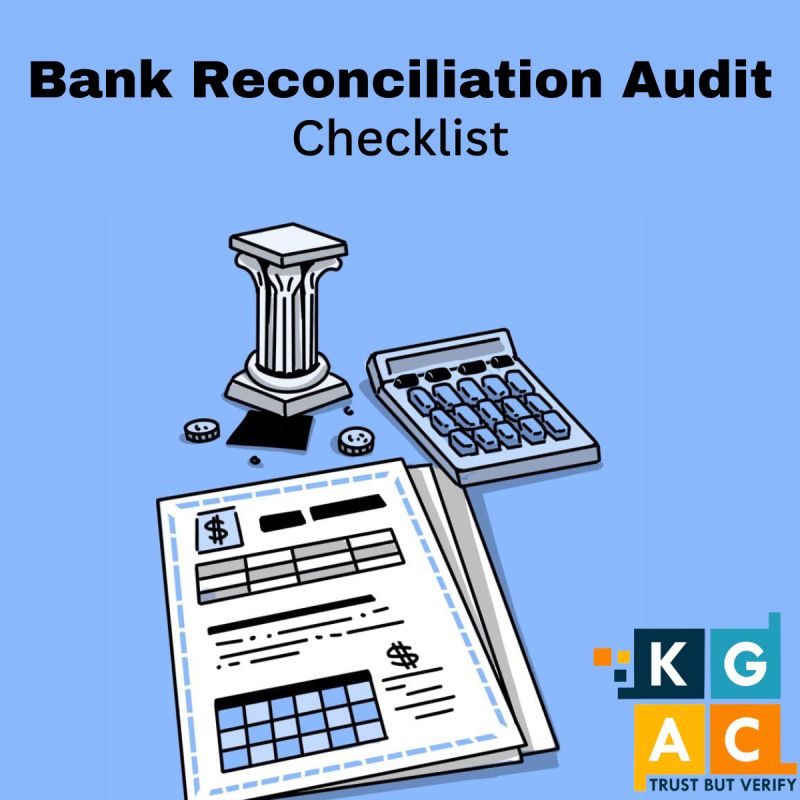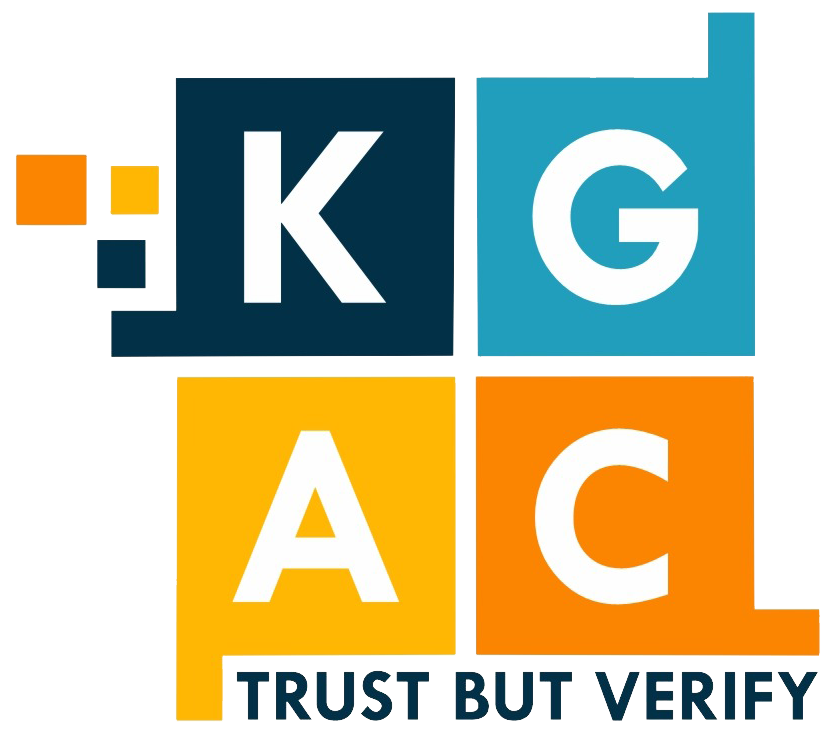
𝗔 𝗯𝗮𝗻𝗸 𝗿𝗲𝗰𝗼𝗻𝗰𝗶𝗹𝗶𝗮𝘁𝗶𝗼𝗻 𝗮𝘂𝗱𝗶𝘁 involves a structured examination comparing a company’s internal financial records with the details provided in its bank statements. The primary objective of this audit is to verify that the company’s accounting records precisely mirror its financial transactions and to confirm the absence of discrepancies between the bank’s records and the company’s financial books.
It is vital to ensure the proper execution of these audits. Internally, this process should be conducted monthly, while external auditors should perform it annually.
𝐂𝐡𝐞𝐜𝐤𝐥𝐢𝐬𝐭 𝐟𝐨𝐫 𝐁𝐚𝐧𝐤 𝐑𝐞𝐜𝐨𝐧𝐜𝐢𝐥𝐢𝐚𝐭𝐢𝐨𝐧 𝐀𝐮𝐝𝐢𝐭
✅Gather your bank statement, general ledger, and bank reconciliation documents for the month you’re auditing.
✅Compare the final figures on your reconciliation document to that account’s bank statement. The amounts should match.
✅Check the final figures on your bank reconciliation document against your general ledger totals and ensure they match.
✅Calculate the difference between your bank statement ending balance and your general ledger total. Your bank statement should properly reflect the difference.
✅Match transactions from your bank statement and general ledger account. Each transaction in one document should have a corresponding transaction in the other. To avoid confusion, mark these off as you go.
✅Highlight any non-matching transactions between your general ledger and bank statement. These items are ‘reconciling’ and should be accounted for in your bank reconciliation document with a full explanation for the discrepancy. These items are usually the result of funds that have not yet cleared or checks that are waiting to be cleared.
✅Double-check that the difference between your bank statement and the general ledger is properly accounted for.
